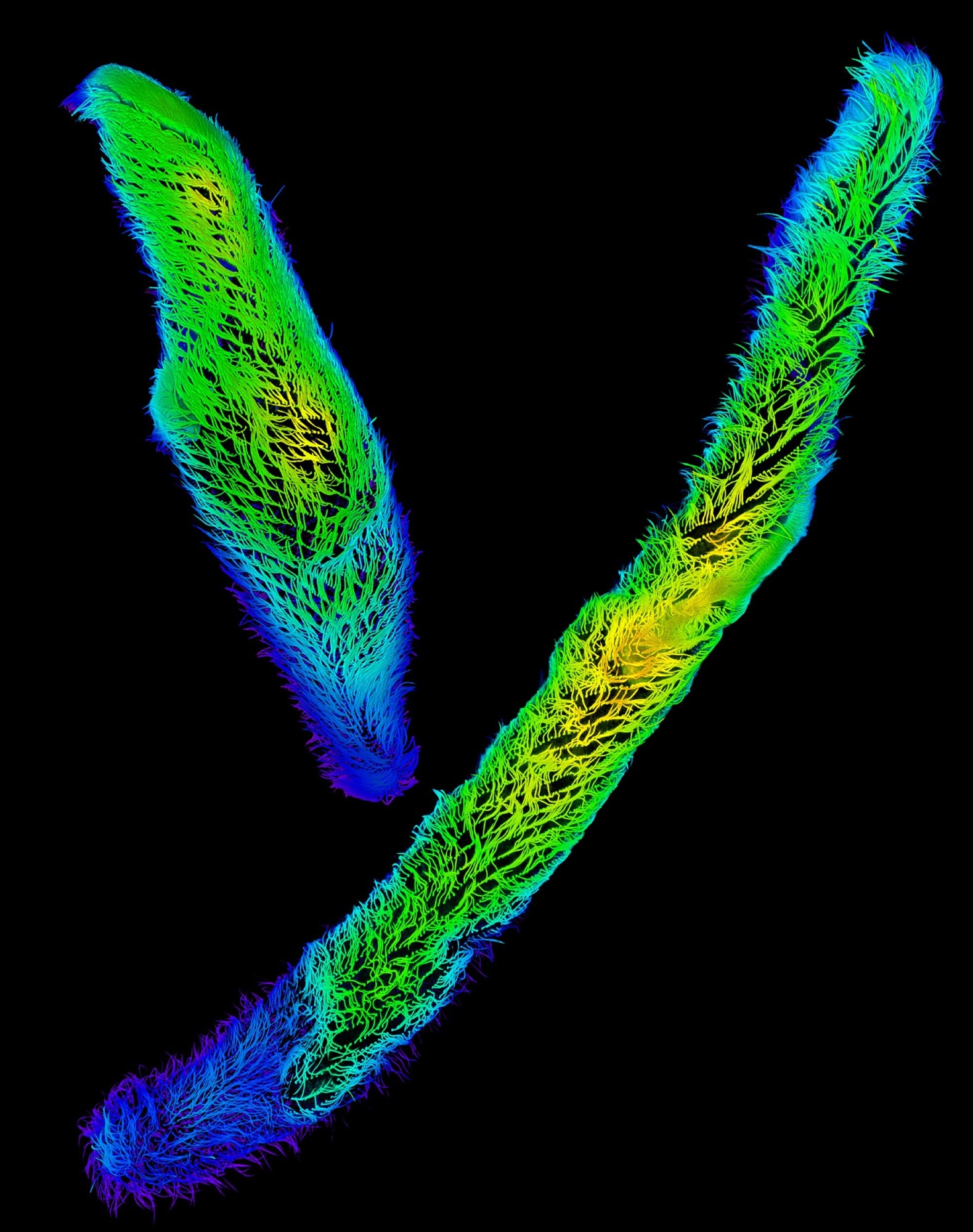Antonie van Leeuwenhoek stated that a single-celled eukaryote (Vorticella) and its appealing ultrafast cell contraction was the first set of discoveries. This was told in his famous letter to the Royal Society dated October 9th, 1676.
 The contracted and extended states of Spirostomum cells. Image Credit: Institute of Hydrobiology.
The contracted and extended states of Spirostomum cells. Image Credit: Institute of Hydrobiology.
This type of ultrafast cell contraction activated by a Ca2+-dependent mechanism is diverse from the adenosine triphosphate (ATP)-dependent mechanisms discovered in actin-myosin and dynein or kinesin-tubulin systems.
Spirostomum is known as a genus of millimeter-scale single-celled protists that are familiar for their unbelievably quick movement like Vorticella. As a result of their ultrafast contraction, they have the ability of few of the quickest movements in the biological world. But despite performing a majority of the research, the molecular mechanism behind this kind of ultrafast cell contraction has been a puzzle for a long time.
In recent times, a research group headed by Professor Wei Miao from the Institute of Hydrobiology (IHB) of the Chinese Academy of Sciences has opened this puzzle by explaining the molecular basis behind the ultrafast contraction of Spirostomum. The group’s research was reported in the journal Science Advances.
In this study performed, the scientists obtained a high-quality genome of Spirostomum by making use of a genome assembly pipeline they had established earlier. They discovered that the contractile structure, a mesh-like contractile fibrillar system, was made of two Ca2+ binding proteins and two huge proteins. Using RNAi, the researchers verified the functions of the giant proteins.
Super-resolution imaging displayed that the mesh-like contractile fibrillar system links with the mitochondria, microtube cytoskeleton, and endoplasmic reticulum (ER) and suits the physical and biological requirement well for the extension and repetitive ultrafast contraction of the Spirostomum cell.
Actually, our research offers a valuable reference for investigating non-model protists, covering aspects from the genome to molecular studies.”
Wei Miao, Professor, Institute of Hydrobiology, Chinese Academy of Sciences
This study is highly considerable for comprehending the molecular mechanism of ultrafast cell contraction and offers a good blueprint for the design, biomimicry, and construction of ultrafast contractile micromachines.